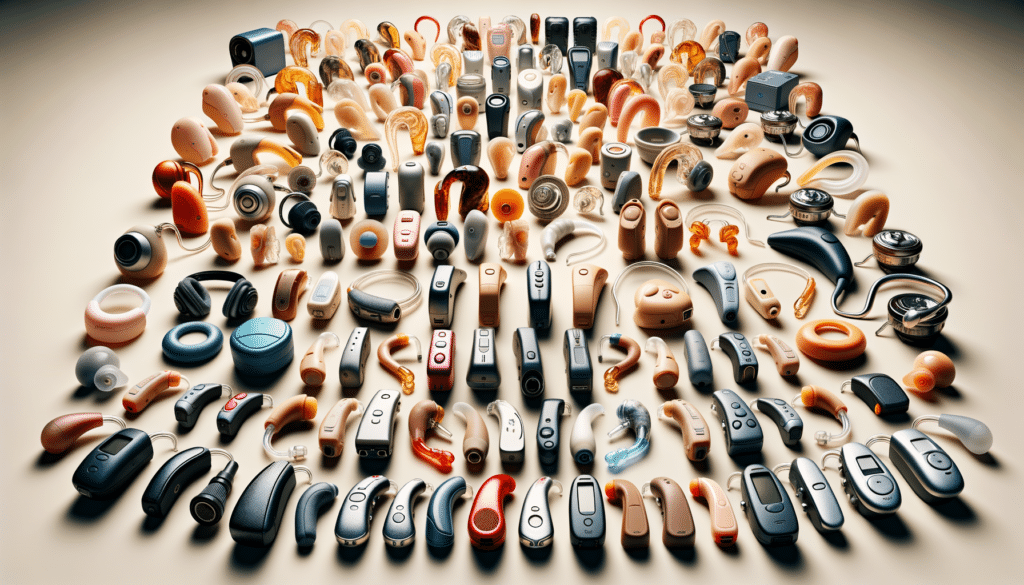Understanding Hearing Aids: A Comprehensive Overview
Hearing aids have become an essential tool for millions of people experiencing hearing loss. These devices amplify sound, making it easier to hear and communicate effectively in various environments. With advancements in technology, hearing aids now come with a plethora of features, including Bluetooth connectivity, noise cancellation, and customizable settings. The decision to choose the right hearing aid involves understanding the different types available, such as behind-the-ear, in-the-ear, and bone conduction devices. Each type has its unique advantages and is suited for different levels of hearing loss.
When considering hearing aids, it’s crucial to consult with an audiologist who can provide a hearing test and recommend the most suitable device based on individual needs. Moreover, the cost of hearing aids can vary significantly, depending on the brand, features, and level of technology. While some may find the price daunting, many options are available to accommodate different budgets, including over-the-counter hearing aids and payment plans offered by hearing aid centers.
Investing in a quality hearing aid can significantly improve one’s quality of life by enhancing communication abilities, reducing the strain of listening, and increasing overall confidence in social situations. As technology continues to evolve, hearing aids are becoming more sophisticated and user-friendly, making them a valuable asset for those with hearing impairments.
Exploring Hearing Aid Brands: Phonak, Signia, and Jabra
When it comes to selecting a hearing aid, brand reputation and product offerings play a significant role in the decision-making process. Phonak, Signia, and Jabra are three renowned brands in the hearing aid industry, each offering unique features and benefits.
Phonak is well-regarded for its innovative technology and wide range of hearing solutions. Known for their exceptional quality, Phonak hearing aids offer features such as rechargeable batteries, seamless connectivity with smart devices, and advanced noise cancellation. These devices are designed to provide a natural listening experience, making them a popular choice among users.
Signia, another prominent brand, is celebrated for its cutting-edge technology and stylish designs. Their hearing aids often include features like direct streaming, tinnitus therapy, and personalized sound profiles. Signia’s commitment to enhancing user experience through technological advancements makes their products a reliable choice for many.
Jabra, although primarily known for audio equipment, has ventured into the hearing aid market with innovative products that focus on superior sound quality and comfort. Jabra hearing aids often feature sleek designs, ease of use, and robust connectivity options, making them appealing to tech-savvy users seeking an integrated listening solution.
Choosing between these brands depends on personal preferences, lifestyle needs, and budget considerations. Each brand offers a variety of models tailored to different types of hearing loss, ensuring that users can find a device that meets their specific requirements.
Understanding Hearing Aid Costs and Accessibility
The cost of hearing aids can be a significant consideration for many individuals seeking to improve their auditory experience. Prices can range from a few hundred to several thousand dollars, depending on the brand, model, and features included. While this may seem daunting, it’s important to recognize the long-term benefits that a quality hearing aid can provide.
Several factors influence the cost of hearing aids, including:
- The level of technology and features offered
- Brand reputation and reliability
- Customization and fitting services
To make hearing aids more accessible, many manufacturers and retailers offer financing options, payment plans, and even discounts for bulk purchases. Additionally, over-the-counter hearing aids have emerged as a more affordable alternative for those with mild to moderate hearing loss. These devices can be purchased without a prescription, providing a convenient option for individuals seeking immediate assistance.
It’s also worth exploring insurance coverage and potential government assistance programs that may offset the cost of hearing aids. Consulting with an audiologist can help identify the most suitable financial options based on individual circumstances and needs.
Ultimately, investing in a hearing aid is an investment in one’s quality of life. By improving communication and reducing the strain of listening, hearing aids can enhance social interactions and overall well-being, making the cost a worthwhile consideration for many.


